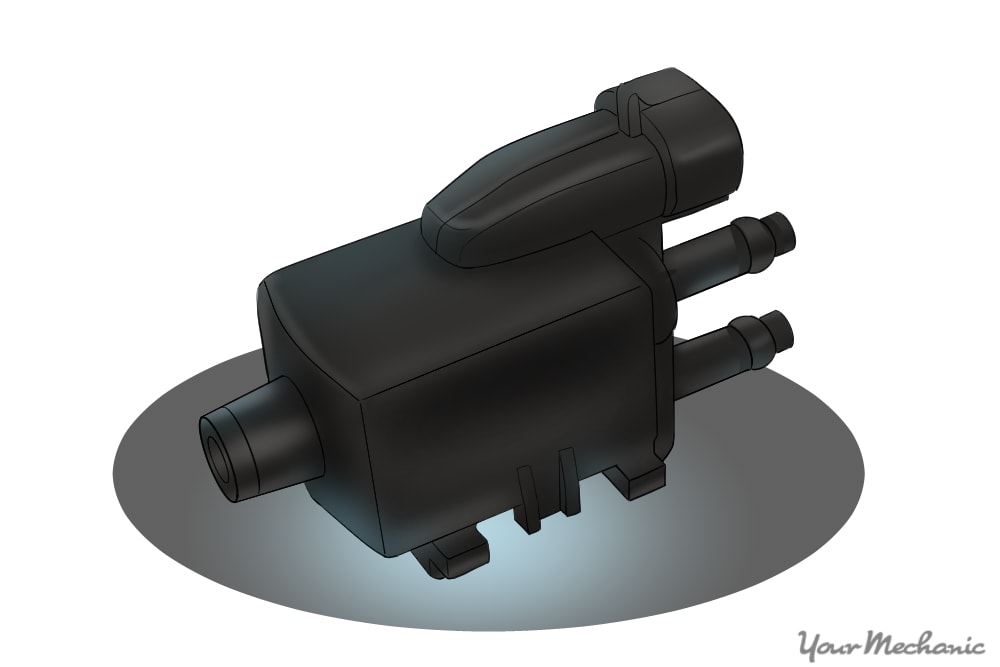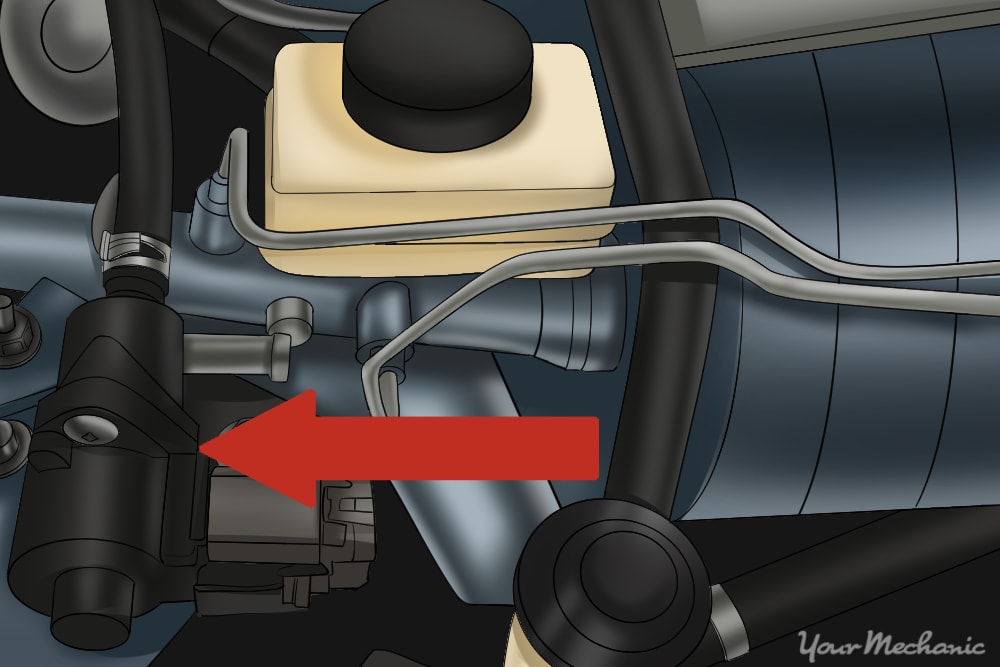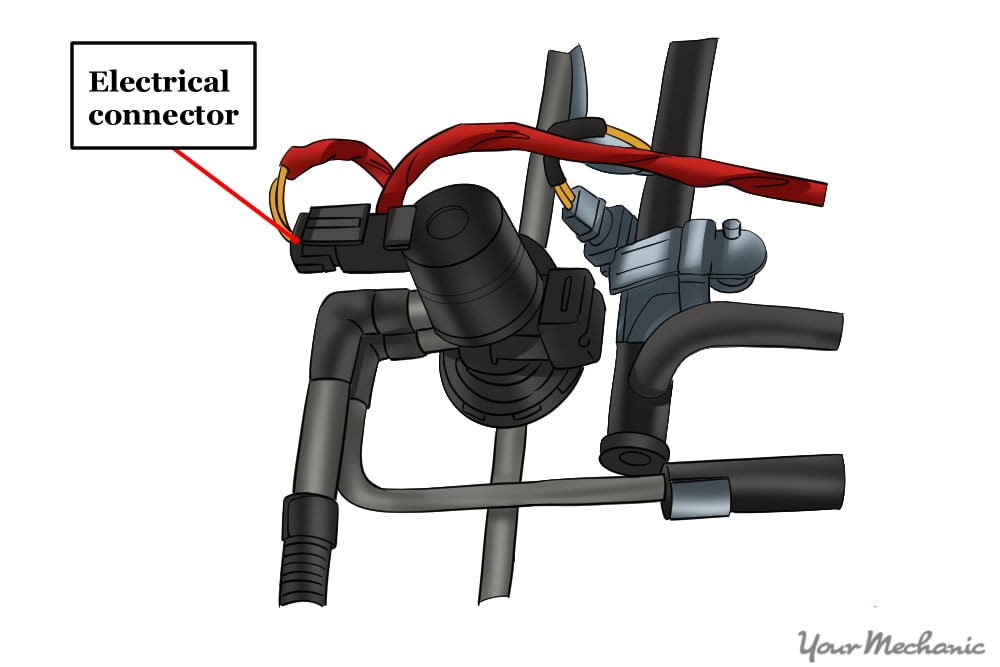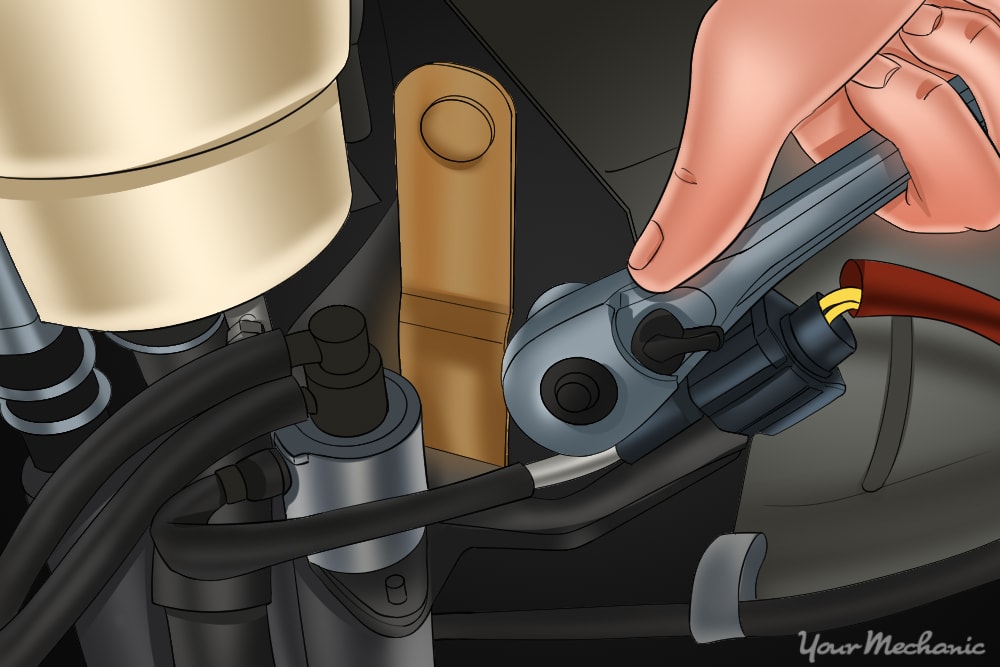

What is a Canister Purge Valve and Where is it Located?
The job of the canister purge valve, also known as the canister purge solenoid, is to prevent vapor produced by the fuel cell from releasing into the atmosphere. This component is typically secured to the charcoal canister and the engine's vacuum system which makes up the EVAP system on most vehicles made after 1985. The EVAP system is a first line of defense in protecting the occupants of the vehicle from harmful side effects caused by fuel vapor. If you have trouble finding the canister purge valve location, refer to your vehicle's repair manual or consult a professional mechanic for precise information based on your specific car model. When the purge valve fails, these potentially harmful particles can enter the vehicle compartment, leading to serious health risks or long-term health issues. Some of the warning signs that a problem with the canister purge solenoid exists include the Check Engine Light staying on, the fuel tank appearing full when filling, or a failed emissions test.
Replacing the Canister Purge Solenoid
Materials Needed
- Boxed end wrench or ratchet wrench
- Flashlight
- Flat blade screwdriver
- Penetrating oil (WD-40 or PB Blaster)
- Replacement canister purge solenoid
- Replacement vent or vacuum hoses (if the ones attached are frayed you should replace)
- Safety equipment (safety glasses)
- Scan tool
Step 1: Disconnect the Battery
The canister purge solenoid is connected to a power connection that supplies the device with electricity in order to trigger the solenoid on and off. Because of this, the first thing that should be done before replacing this part is to disconnect the power supply by removing the positive and negative battery cables.
Step 2: Raise the Hood and Locate the Canister Purge Valve
On most vehicles, the canister purge valve is located on top of the engine, or near the rear of the fuel system.
It will have an electrical harness and two vacuum lines attached.
One of the vacuum lines runs to the fuel injector rail, while the other is attached to the EVAP canister located near the fuel cell. Locate the purge valve and match it with your replacement part before removing it.
Step 3: Remove the Electrical Harness
Once you've located the correct part, disconnect the electrical harness that is attached to the canister purge valve.
Step 4: Remove the Vacuum Lines
A good tip that many experienced mechanics know is to mark the location of each vacuum line so that you don't install them backward.
- Tip: Use either colored masking tape or two different colored zip ties to identify which vacuum line secures to the different male fittings.
Once you've clearly marked these, remove them according to the recommendations in your service manual.
Step 5: Remove the Canister Purge Solenoid
The canister purge solenoid is usually secured to a bracket near the fuel injector rail or the firewall with a 10 mm-sized bolt. Remove the bolt and remove the old canister purge solenoid from the vehicle.
Step 6: Install the New Canister Purge Solenoid
Installation of this component is in reverse of the removal. Follow these general guidelines but always refer to the specific instructions in your vehicle service manual.
Place new vacuum hoses on the canister purge solenoid (if the old ones are frayed). Install the new canister purge solenoid by securing it to the bracket with the bolt. Install the vacuum lines on the correct male fittings and reinstall the electrical harness.
Once the new canister purge solenoid has been secured to your vehicle correctly, check the vacuum lines one last time to verify they were not installed backward. Incorrect installation can result in serious engine damage.
Step 7: Clear Error Codes
Reconnect the battery cables and start the vehicle. Clear any error codes with a scan tool.
Step 8: Test the Vehicle
Start the vehicle and let it warm up to operating temperature. Check the dashboard to verify that the Check Engine Light does not come on. If it does, you should shut the vehicle off and complete a diagnostic scan.
After verifying that the Check Engine or other lights are gone, shut the vehicle off and remove the gas cap. This test will verify that the vacuum is working. If you remove the gas cap and there is a tremendous amount of vacuum pressure, re-check the lines you connected to the canister purge solenoid as they may be crossed.
This job is fairly simple to complete; however, if you've read these instructions and still don't feel 100% confident in completing this repair, please contact one of the local mechanics from YourMechanic to complete the canister purge solenoid replacement for you.






